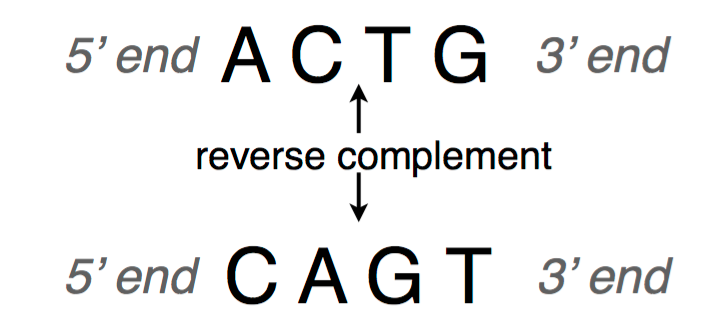

The host cell’s RNA polymerases mediate the replication of the HDV genome, which occurs via a double rolling circle mechanism. The SDAg promotes viral replication, while the LDAg inhibits it and shifts the viral life cycle towards packaging. The two forms of the protein not only differ in their length but they also have vastly different roles. Cellular editing mediated by adenosine deaminase acting on RNA (ADAR1) converts the amber stop codon of the SDAg on the antigenomic strand to a tryptophan codon, thus allowing the extension of the protein by 19 additional amino acids. During the viral life cycle, the DAg is present in two different forms, small (SDAg) and large DAg (LDAg). The antigenome is the exact complement of the genome, while the mRNA mediates the expression of the delta antigen (DAg), the sole protein encoded by the HDV genome. Within the cell, HDV gives rise to three different RNA species: the genome, the antigenome, and the mRNA. The single-stranded RNA genome of HDV is around 1.7 kilonucleotides (knt) long, although because of high self-complementary, it forms a double-stranded rod-like structure. HDV is a satellite virus that utilizes the envelope proteins of HBV to assemble infectious viral particles however, the replication of HDV within the host cell proceeds independently of HBV. Superinfection of a chronic HBV carrier by HDV results in the most severe form of viral hepatitis these patients often face hepatic cirrhosis and development of hepatocellular carcinoma. HBV and HDV co-infection is clinically more severe than HBV mono-infection however, the infection usually resolves, resulting in the clearance of both viruses. One can contract HDV in two different ways, either through acute co-infection with HBV or through superinfection as a chronic HBV carrier. Three years after its discovery in 1977 in liver specimens of chronically hepatitis B (HBV)-infected patients, Rizzetto and colleagues identified it as a satellite virus of HBV. Hepatitis D virus (HDV) is a unique human pathogen. The 1.2× genome constructs enable easier introduction of modifications required for studying deltavirus replication and cellular interactions. Using immunofluorescence, qRT-PCR, immuno- and northern blotting, we found the 2× and 1.2× genome clones to similarly initiate deltavirus replication in vitro and both induced a persistent infection of snake cells. We used Swiss snake colony virus 1 as the model to compare the ability of the previously reported “2× genome” and the “1.2× genome” infectious clones to initiate replication in cell culture. Here, we report the establishment of deltavirus infectious clones with 1.2× genome inserts bearing two copies of the genomic and antigenomic ribozymes. Others and we have successfully used constructs containing multimers of the deltavirus genome for the replication of various deltaviruses via transfection in cell culture. In vitro systems enabling helper virus-independent replication are key for studying the newly discovered deltaviruses. However, since 2018, several groups reported finding HDV-like agents from various hosts but without co-infecting hepadnaviruses.

HDV was the sole known deltavirus for decades and believed to be a human-only pathogen. Read our Privacy Notice if you are concerned with your privacy and how we handle personal information.Human hepatitis D virus (HDV) depends on hepatitis B virus co-infection and its glycoproteins for infectious particle formation. If you plan to use these services during a course please contact us.

If you have any feedback or encountered any issues please let us know via EMBL-EBI Support. Please read the provided Help & Documentation and FAQs before seeking help from our support staff. The tools described on this page are provided using Search and sequence analysis tools services from EMBL-EBI in 2022 Launch Sixpack Protein Sequence Back-translationĮMBOSS Backtranseq back-translates protein sequences to nucleotide sequences.ĮMBOSS Backtranambig back-translates protein sequences to ambiguous nucleotide sequences. Nucleotide Sequence TranslationĮMBOSS Transeq translates nucleic acid sequences to the corresponding peptide sequences.ĮMBOSS Sixpack displays DNA sequences with 6-frame translation and ORFs. Sequence Translation is used to translate nucleic acid sequence to corresponding peptide sequences.īack-translation is used to predict the possible nucleic acid sequence that a specified peptide sequence has originated from.


 0 kommentar(er)
0 kommentar(er)
